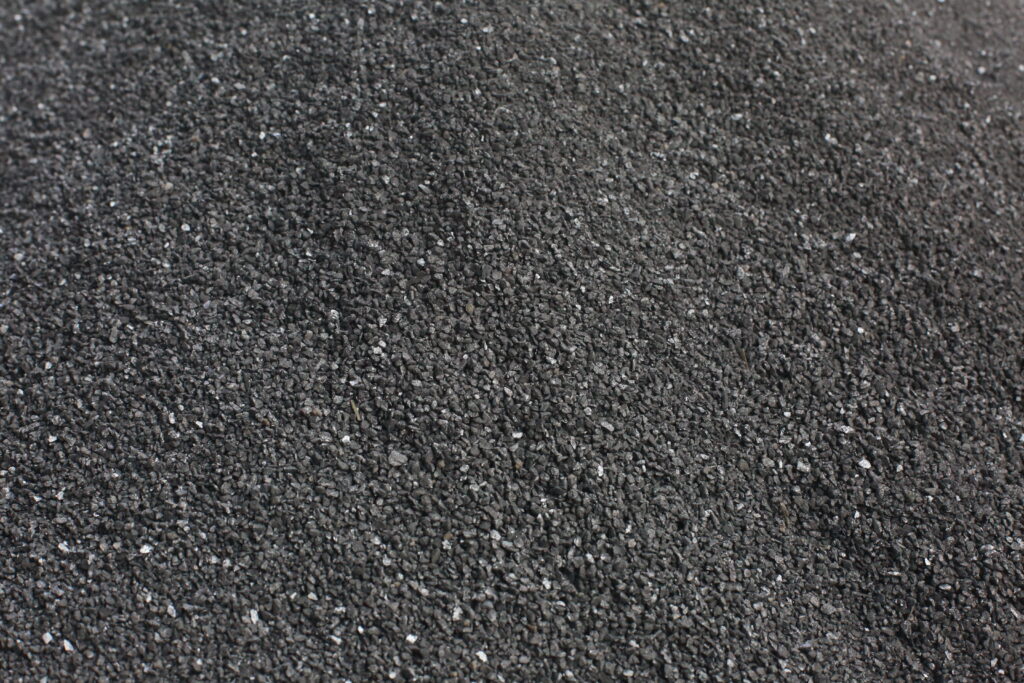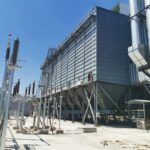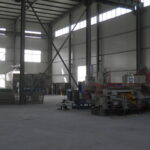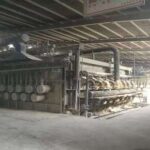What is Calcium Silicon
Calcium silicon, it can be abbreviated to CaSi. It belongs to ferro alloy. Meantime, it is a binary alloy. When it comes to binary alloy, maybe some people do not know this kind of alloy, we introduce it briefly. It refers to an alloy that composed of two or more elements and one of them is metallic element. For calcium silicon, apparently, calcium belongs to metallic element and CaSi is composed of silicon, carbon, aluminium and some other elements besides Ca element. It is usually used as desulphurizer, deoxidizer and additive in steel making industry.
Furthermore, on the basis of calcium silicon alloy, it can form ternary alloy by adding other elements, we do not introduce in this article.

Specification of Calcium Silicon
Calcium Silicon Uses
Generally speaking, calcium silicon is commonly used for degassing and deoxidation in molten steel, as it has a strong affinity with plenty of elements, like sulphur, carbon and oxygen. What’s more, it can be also used to produce some low oxygen and sulphur steel, like high-quality steel, clean steel and others. It produces heat with reaction between CaSi and molten steel. It causes and accelerates the process that Ca turns into Ca vapour. And it is conducive for non-metallic inclusions to float.
It can reduce the nodulation of steel and suppress the phenomenon that clog the nozzle at the ladle nozzle, when adding calcium silicon alloy. Calcium silicon cored wire or powder plays a vital role in the external refining steel technology. In order to enhance the Ca recovery rate and get high-quality steel, it makes efforts to achieve the target by controlling the sulphur and oxygen content.
Calcium Silicon Production
In general, chemical equation for smelting calcium silicon alloy is as follows:
CaO+SiO2+3C=CaSi+3CO↑
However, it is difficult for carbon reduction reaction to proceed due to the reaction between silicon dioxide and lime at high temperature. And discharged gases from furnace are mainly Ca(g), CO and SiO(g). Including, Ca(g) and SiO(g) are relative special, they react with carbon during pass through the material layer. Thus, carbonaceous reducing agent plays a pivotal role in the smelting process of CaSi alloy.
The reason why the slag plays a key role in the production process of calcium silicon alloy is that some of intermediate products in CaSi alloy production process remain in the slag. In fact, most of manufacturers use this method to produce calcium silicon alloy in steel making field. Due to the different density, CaSi alloy and slag are located in different depth of molten pool respectively. And this is one of its features.
Price Volatility of Calcium Silicon
In general, a lot of crucial factors can impinge on calcium silicon price and make it fluctuated. For people who work in steel making industry, it looks like challenging to predict trend. While, once you master the essence, everything will fall into place, no matter what it is. Now, we will introduce briefly and simply and these factors are as follows:
Raw Material Costs: As we narrative above, it is made from a combination of calcium, silicon and other impurities. The prices of these raw materials can fluctuate due to supply shortages, mining difficulties or geopolitical events.
For example, if the cost of silicon or calcium rises, it will affect calcium silicon production costs directly and drive up its price.
Energy Costs: Production process requires a significant amount of energy, especially in electric arc furnaces (EAF). Any changes in energy prices will impact its production cost.
If energy prices go up, calcium silicon manufacturers may face higher costs. And this is the situation they do not want to see.
Global Supply Chain Issues: When it comes to global supply chain, actually, we live in one earth, in one world and the world is interconnected, the supply chain is no exception. In addition, disruptions can cause significant price fluctuations, whether it caused by natural disasters, transportation issues or political instability.
If a major manufacturing country faces a production shutdown or transportation block, the global supply may tighten and eventually, prices will climb.
Demand Shifts: If I had to say which factor is the most paramount among these factors, I think it would be this, that is demand. Once there are some problems on demand side, it will result in a series of chain reactions.
Let’s take a simple example. If there’s a sudden surge in steel production due to some reasons, like a global construction boom, the demand for calcium silicon will spike, which could lead to higher prices. On the other hand, during periods of lower demand or economic slowdowns, calcium silicon prices may fall as steel producers reduce their purchasing activity.
Speculation and Inventory: Frankly speaking, calcium silicon, like many commodities, can be subject to market speculation. If traders predict future price hikes due to anticipated steel demand, they might buy large quantities in advance, thereby, it supports prices directly.
Likewise, inventories by steel producers can affect short-term price fluctuations, especially if inventories are high and demand for raw materials reduced.
If you have any needs, please contact us without any hesitation!







一个回复
评论被关闭。